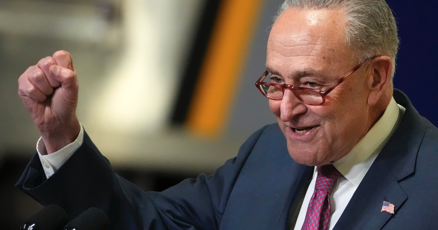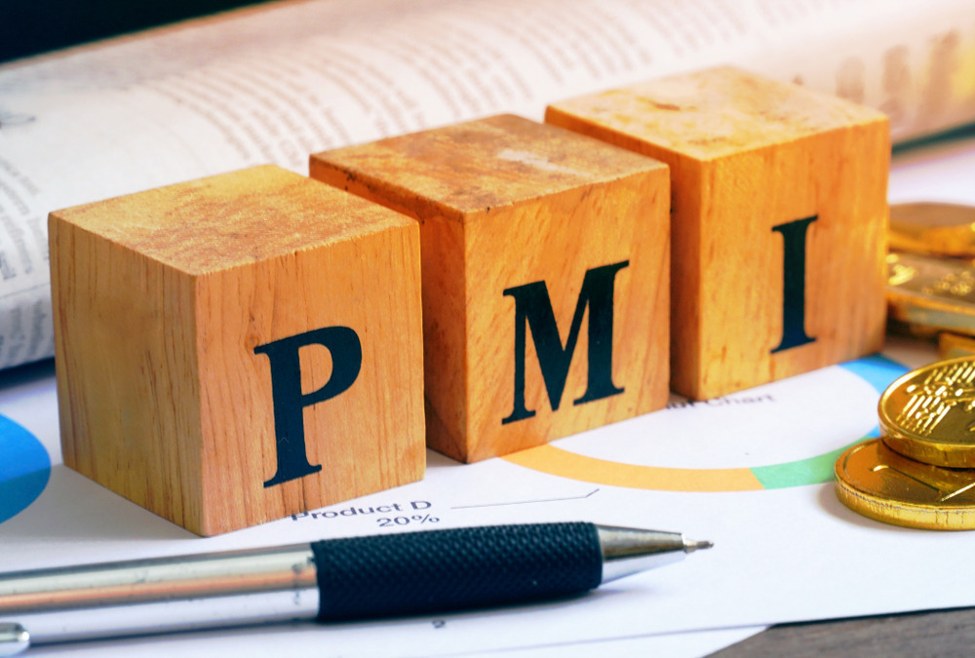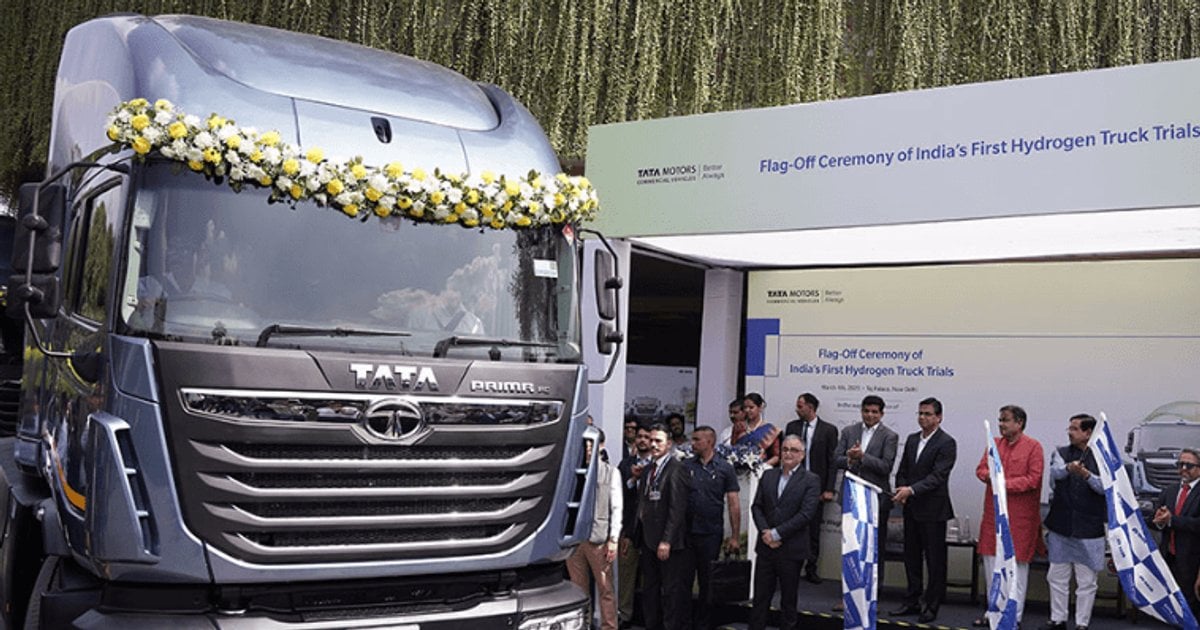Manufacturing Mirage: Trump and Vance's Economic Promises Unravel
Manufacturing
2025-04-02 04:44:07Content

The recent push by Donald Trump and J.D. Vance for aggressive tariffs misses the mark on revitalizing American manufacturing. While their protectionist rhetoric sounds appealing, the real engines of industrial growth are far more nuanced and dynamic.
True economic strength doesn't emerge from isolationist policies or trade barriers. Instead, it springs from a potent combination of innovation, strategic research and development, and global economic engagement. American manufacturing thrives when companies invest in cutting-edge technologies, develop breakthrough products, and compete on the global stage.
Tariffs might offer a temporary illusion of protection, but they ultimately harm domestic industries by increasing production costs, limiting access to global supply chains, and stifling competitive innovation. The most successful manufacturing economies are those that embrace collaboration, technological advancement, and open market principles.
The future of U.S. manufacturing lies not in building walls, but in building capabilities. This means investing in workforce training, supporting research institutions, fostering entrepreneurial ecosystems, and creating policies that encourage long-term strategic investment in advanced manufacturing technologies.
Rather than retreating behind protectionist barriers, America should double down on its strengths: creativity, technological leadership, and the ability to continuously reinvent industrial processes. These are the true drivers of sustainable economic growth and manufacturing resilience.
Economic Crossroads: Unraveling the Myth of Protectionist Manufacturing Revival
In the complex landscape of global economic strategy, the debate surrounding manufacturing revitalization continues to challenge policymakers and economic experts. The intricate interplay between trade policies, technological innovation, and economic growth demands a nuanced understanding that goes far beyond simplistic protectionist approaches.Breaking Free from Economic Illusions: A Critical Examination of Manufacturing Strategies
The Fallacy of Protectionist Economic Policies
The contemporary economic narrative often romanticizes protectionist strategies as a panacea for manufacturing decline. However, this approach fundamentally misunderstands the intricate dynamics of global economic ecosystems. Modern manufacturing thrives not through isolation, but through strategic integration, technological sophistication, and innovative capabilities that transcend traditional geographical boundaries. Contrary to popular rhetoric, erecting trade barriers does not magically resurrect industrial capabilities. Instead, it creates artificial economic constraints that ultimately harm domestic industries by limiting access to global resources, cutting-edge technologies, and competitive market dynamics. The most successful manufacturing economies demonstrate a remarkable ability to adapt, innovate, and collaborate across international platforms.Innovation: The True Engine of Manufacturing Renaissance
Genuine manufacturing revitalization emerges from sustained investment in research and development, advanced technological infrastructure, and a robust ecosystem of innovation. Countries that consistently lead in manufacturing excellence understand that competitive advantage stems from intellectual capital, not protectionist walls. The most transformative manufacturing strategies prioritize workforce upskilling, technological integration, and creating adaptive industrial ecosystems. These approaches recognize that global competitiveness is driven by knowledge, precision, and the ability to rapidly respond to emerging technological paradigms.The Global Competitive Landscape
Contemporary manufacturing success requires a holistic approach that transcends traditional economic nationalism. Nations must cultivate environments that attract intellectual talent, encourage technological experimentation, and create flexible regulatory frameworks that support industrial evolution. Successful economic strategies recognize that manufacturing is no longer about protecting existing industries but about creating dynamic, adaptable industrial capabilities that can swiftly respond to global market transformations. This requires a comprehensive approach integrating education, technological infrastructure, and forward-thinking economic policies.Technological Convergence and Economic Resilience
The future of manufacturing lies in technological convergence, where artificial intelligence, advanced robotics, sustainable technologies, and human creativity intersect. Protectionist policies fundamentally obstruct this natural progression, creating artificial barriers that impede technological and economic advancement. Economic resilience emerges not from isolation but from strategic global engagement, continuous learning, and the ability to rapidly integrate emerging technological capabilities. The most successful manufacturing economies will be those that create permeable, adaptive industrial ecosystems capable of absorbing and generating transformative innovations.Strategic Recommendations for Economic Transformation
Policymakers must shift from defensive, protectionist mindsets to proactive, innovation-driven strategies. This involves comprehensive investments in education, technological research, infrastructure development, and creating regulatory environments that encourage entrepreneurial risk-taking and technological experimentation. The path forward requires dismantling outdated economic paradigms and embracing a more nuanced, globally integrated approach to industrial development. Success will be defined by those who can create flexible, technologically sophisticated manufacturing capabilities that transcend traditional geographical and economic limitations.RELATED NEWS
Manufacturing

Forging the Future: Honda's Radical 3D-Metal Manufacturing Revolution
2025-02-28 19:00:00
Manufacturing

Manufacturing Breakthrough: Industry Experts Convince FDA That Process Modeling Nails Batch Uniformity
2025-04-28 18:34:15






